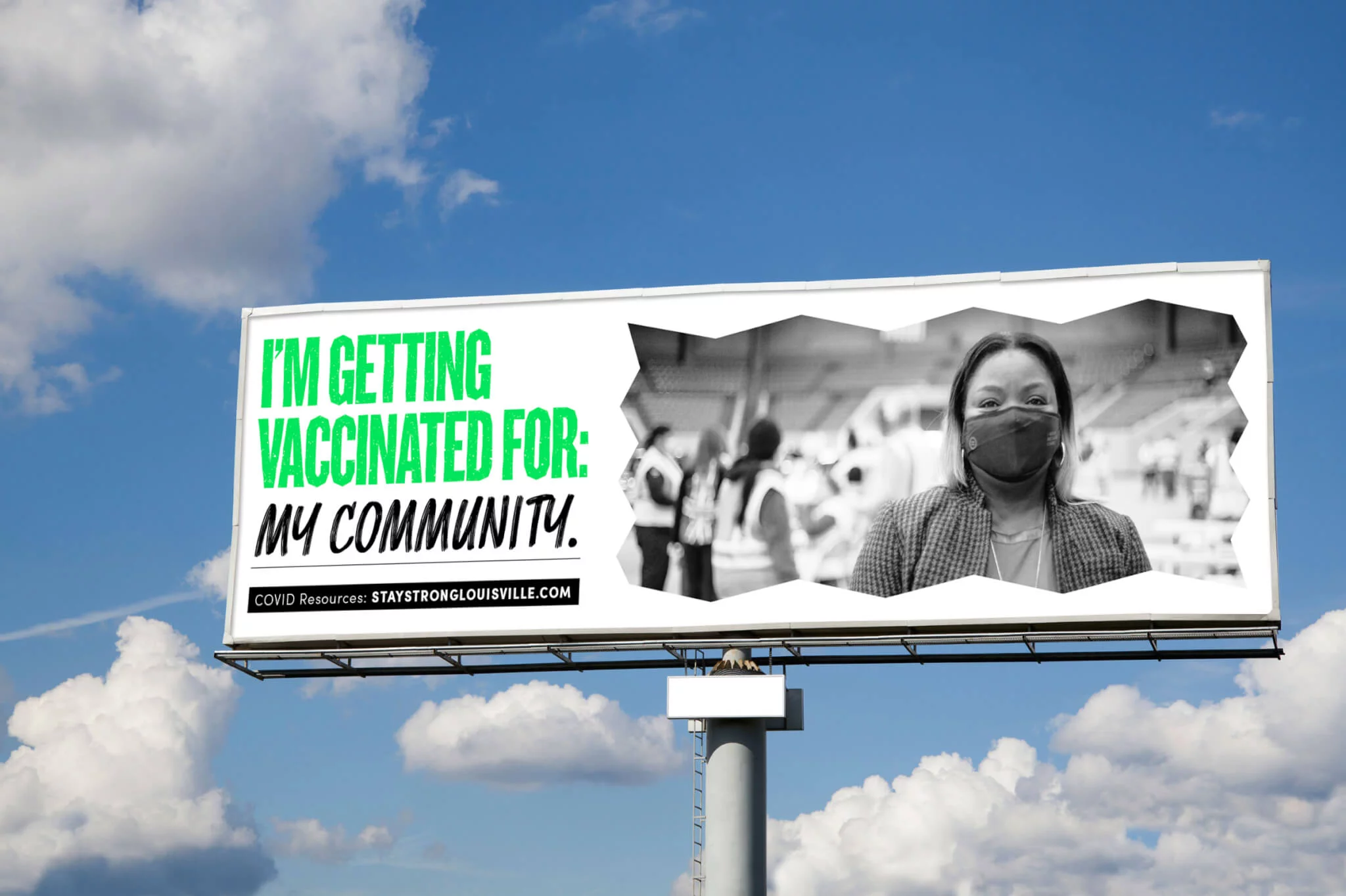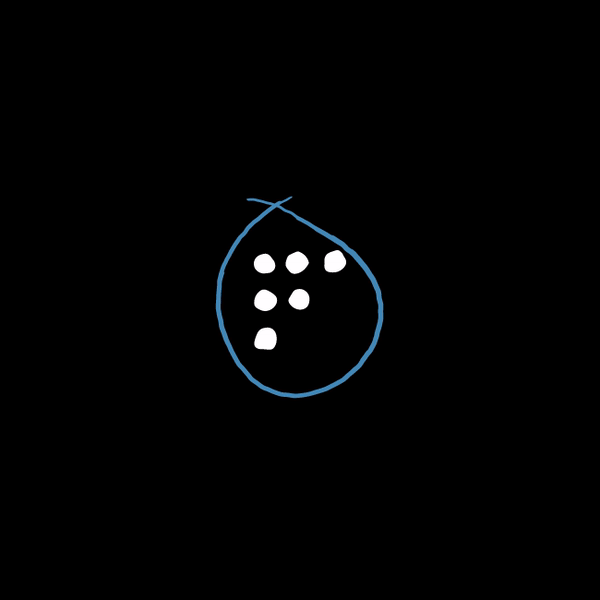Louisville Metro Department of Public Health Covid-19 Campaign
Tasked with managing the city’s response to COVID-19, the Louisville Metro Department of Public Health and Wellness (LMPHW) sought to create a campaign to both motivate residents and distribute information and resources. Fieldtrip was brought on-board in the summer of 2020 to help the department with research, messaging, creative, and campaign execution. In the spring of 2021 the campaign evolved to assist with the city’s extensive vaccination efforts.
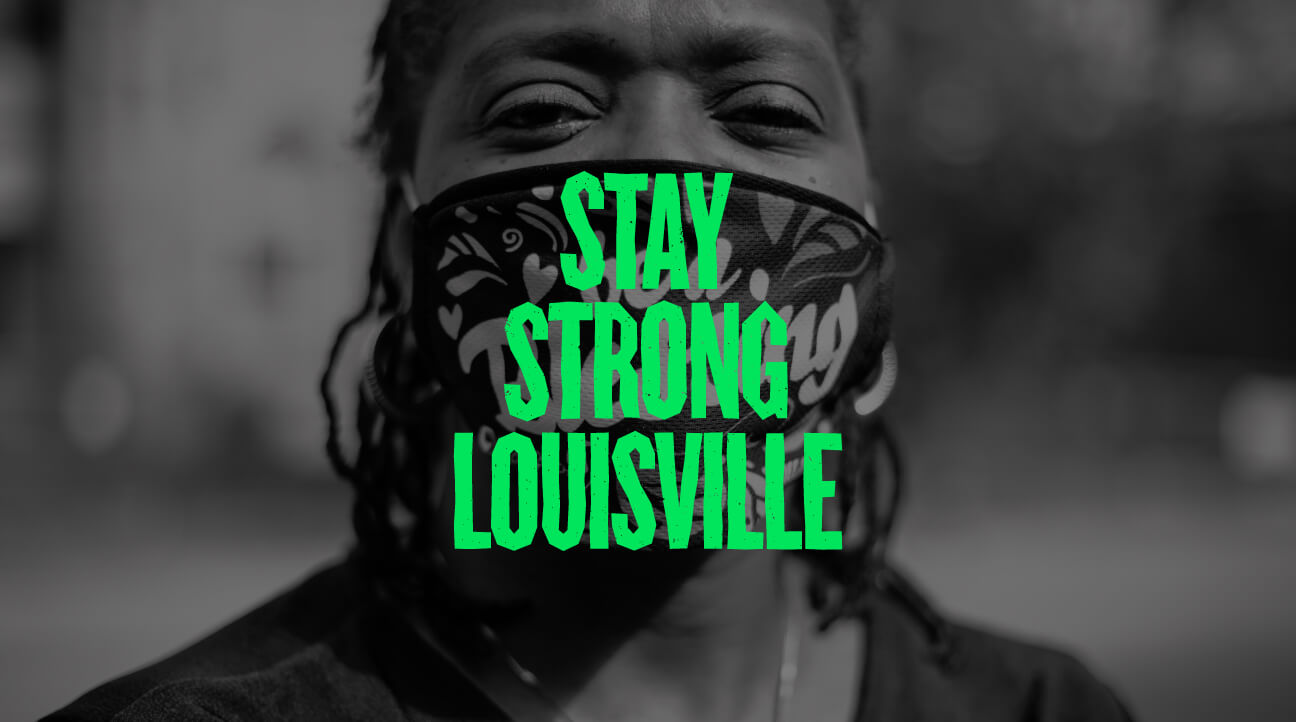
PHASE I
The Challenges
After 5 months of a global pandemic, residents of Louisville were getting weary of shutdowns and a long list of COVID restrictions. Based on expert warnings, we knew the winter months were going to be tough. Colder weather meant fewer options to safely social distance in outside situations.
The biggest challenge was, how do we communicate to the general public that our fight with COVID-19 isn’t over? Let’s motivate people to continue their diligence, not for just themselves- but for their communities.
Beyond challenges related to COVID-19, we faced larger systematic challenges that impacted how people accessed and trusted resources. The Louisville Metro government had a lot of information on their website, but they were not easily accessible. The landscape of information regarding COVID-19 was always changing, having one hub of information that was always up to date was vital to the success of this campaign.
Our research illuminated how systematic racism and political strife affected trust in health information being distributed by the government, resulting in a lack of resources and increased COVID-19 impact in communities of color. This lack of trust was amplified by the massive social justice movement that had mobilized in our city, deepening the mistrust in elected officials and government information.
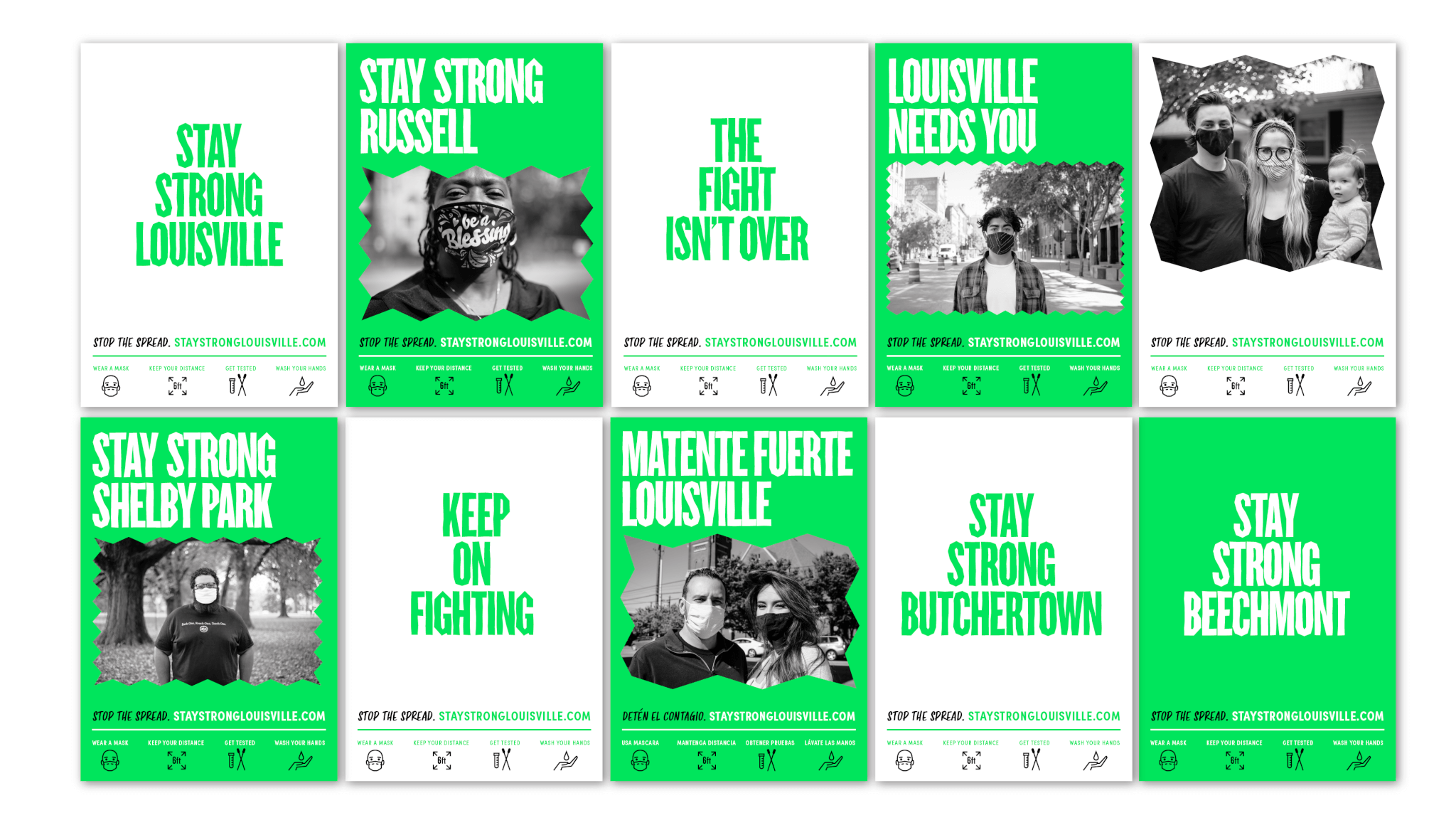
Messaging Strategy
Fieldtrip’s approach was based in hours of research and the solution seemed simple, but had complex layers. We looked to create a campaign and message that would resonate emotionally and inspire the city to continue to adhere to the difficult and tedious restrictions.
We honed in on a primary message of “Stay Strong Louisville” along with a mix of uplifting language meant to inspire people to come together and remind people that the fight wasn’t over. This would be supported by informational messaging about prevention steps, and asking people to take a pledge to do their part. At the heart of this campaign was a landing page that would serve as a hub for high-level information, and an easier to navigate portal to the metro government’s vast selection of resources.
Community & Focus Group Impact
The success of the campaign hinged upon its resonance and impact within black, brown, and immigrant communities in Louisville. They continue to be the hardest hit by the virus while simultaneously lacking many of the resources available to other populations. In order to combat this, we brought our messaging and strategy to a number of focus groups made up of these communities and were surprised by the results.
Our initial assumption that most residents knew the basic steps of prevention, or what resources were available and where to find that was wrong. In these more affected communities, there was a huge lack of awareness around things we had taken for granted, such as where to find testing sites, and why testing is important in the first place.
To combat this we altered our messaging, bringing resources and COVID-19 education to a much more prominent place in the campaign, and pushing the pledge to a tertiary message. The high-level motivational language remained, but if we were not able to help and direct these communities to useful resources then the campaign would not be doing its most important job.
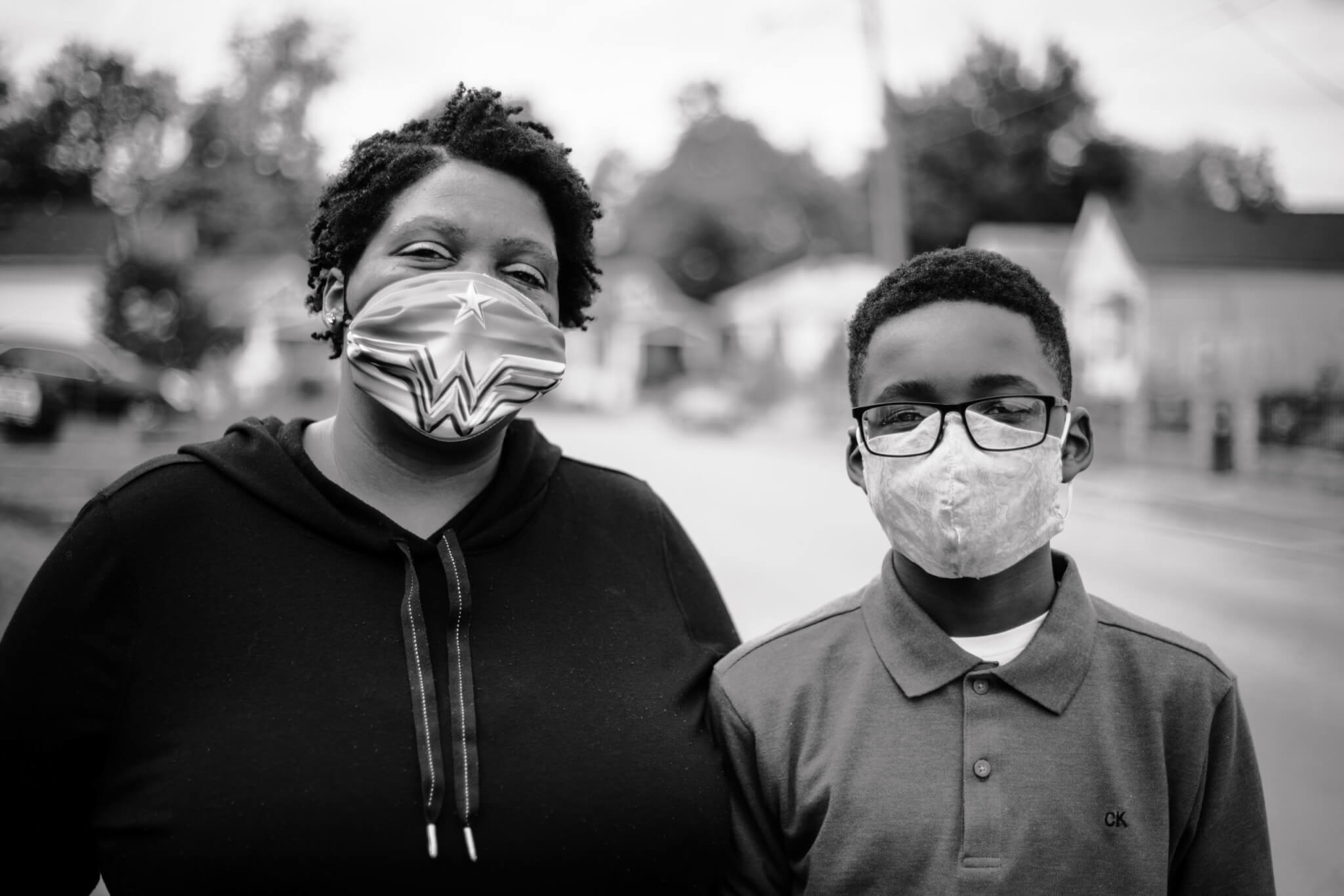
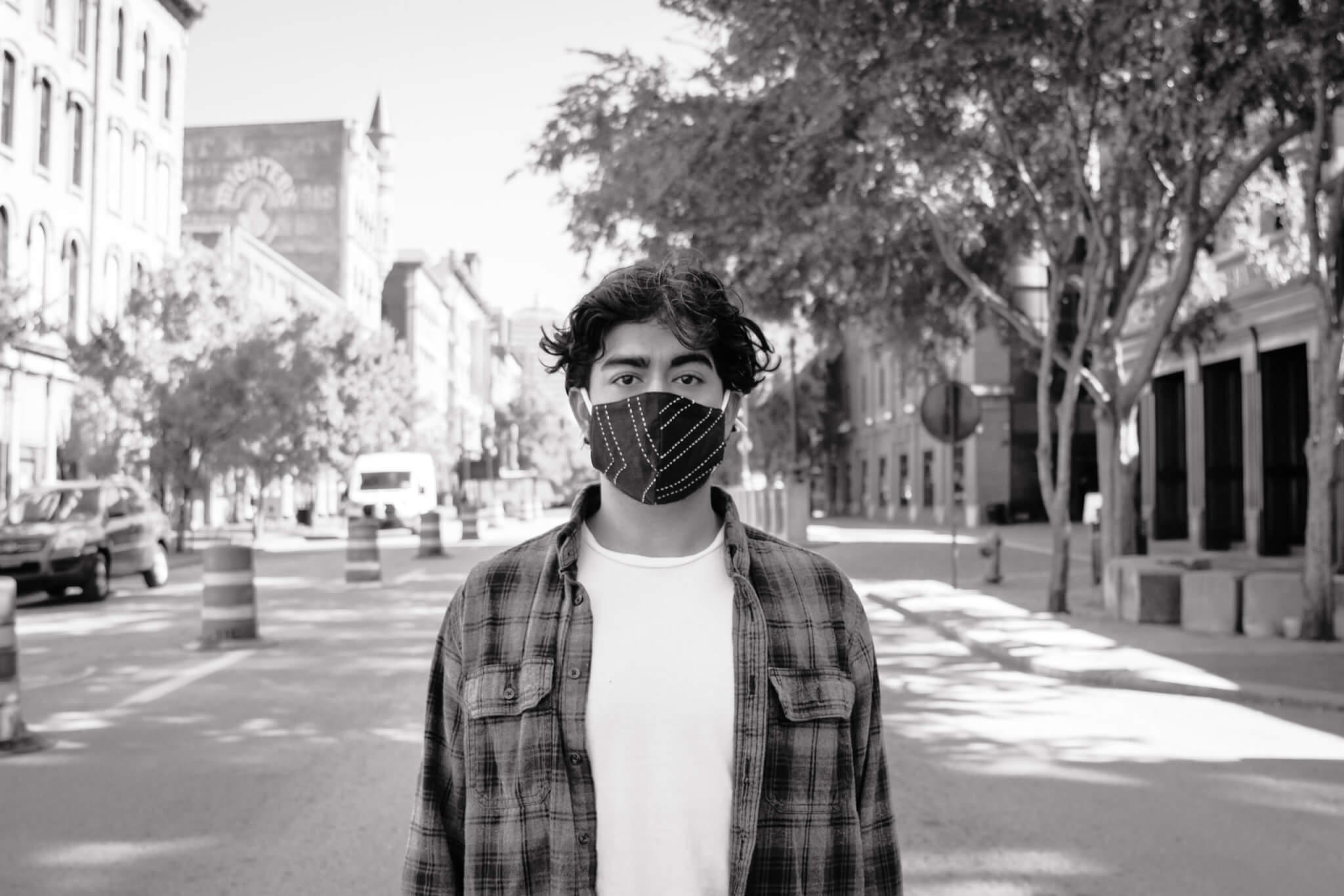
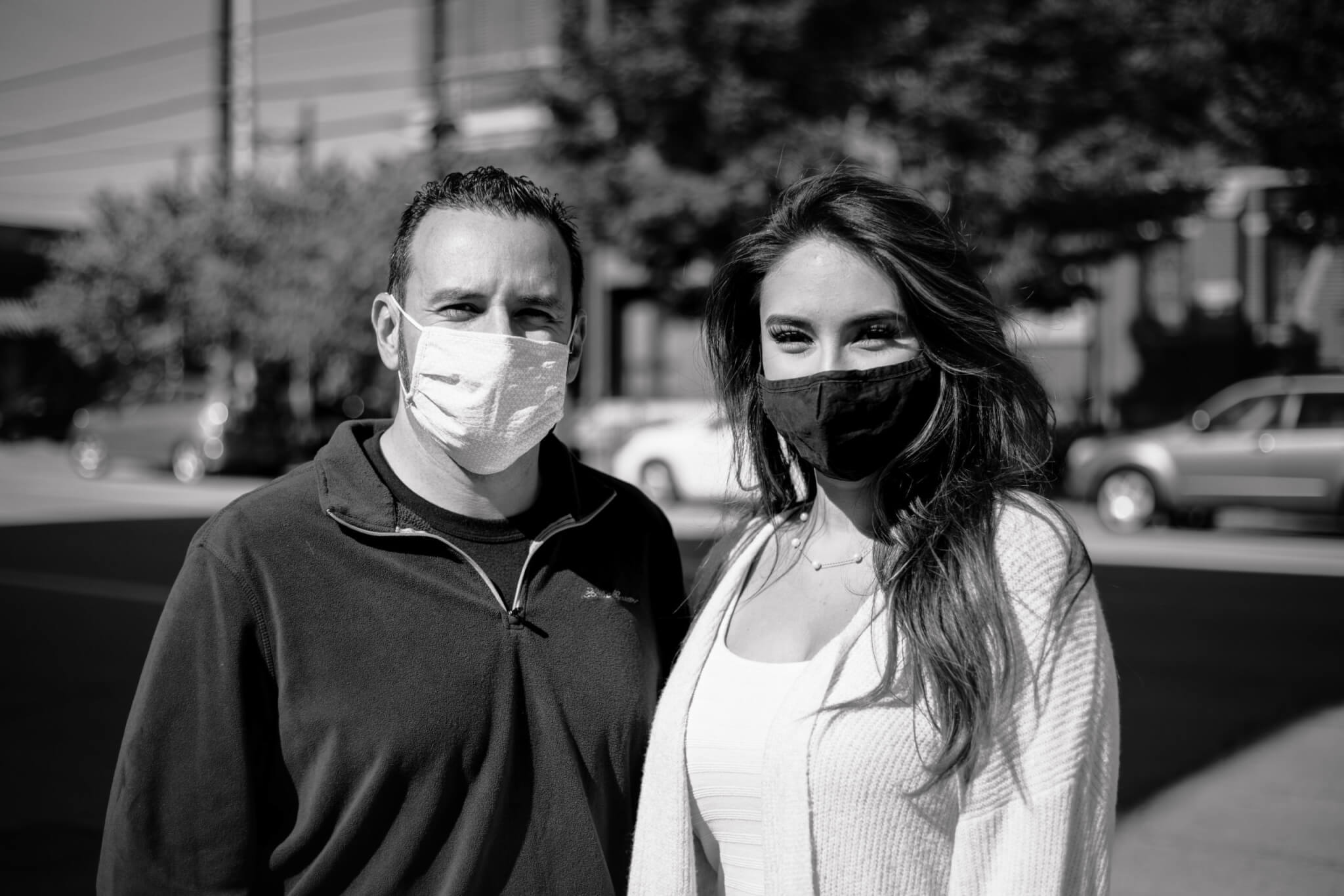
Visual Strategy
The campaign’s design utilized high-impact layouts and color to draw attention and create a memorable impression. To resonate with our target communities the visual identity drew inspiration from grassroots design and activist posters. We avoided corporate or scientific aesthetics, instead designing to appear hand-made and authentic, with photography and type that appears hand-cut and drawn.
Authenticity was key, so we traveled around the city, shooting photos and videos of residents in the places that mattered the most to them: their homes, their places of worship, and their neighborhoods. The result was a series of portraits, capturing a diverse mix of Louisville’s hardest-hit citizens, looking directly at the audience, asking them to stay strong. The mix of black and white photography, with a vibrant green—referencing the color of COVID-19 remembrance.
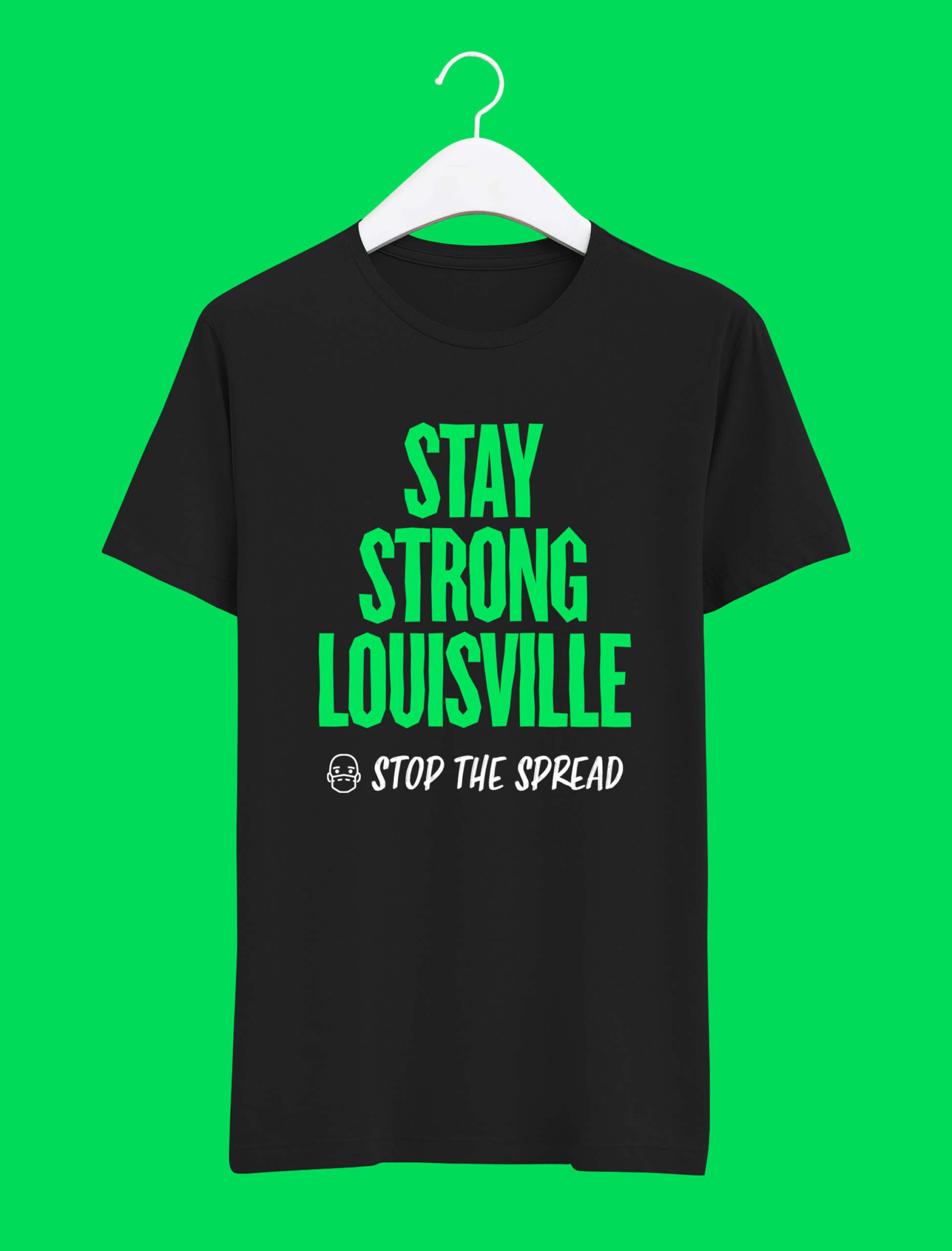
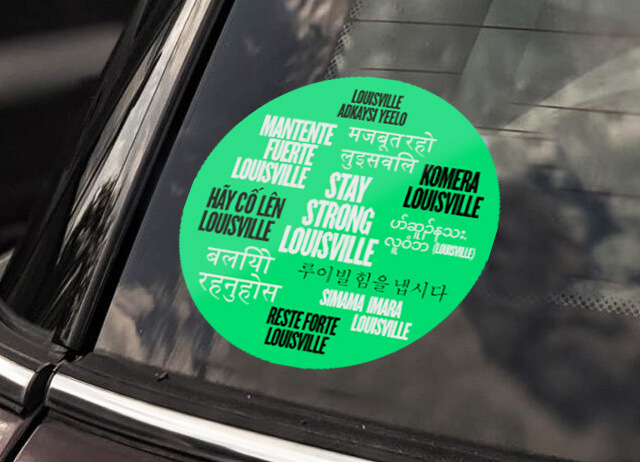
Media Execution
The media distribution approach was mass media-heavy, with a specific focus on television, utilizing an impactful and motivational spot that would drive people back to the landing page.
Outdoor was also a huge component, our strategy was to place bus shelters & bulletins in neighborhoods that utilized photography and language specific to each neighborhood. This made the campaign personal, reflecting important landmarks and community members they felt connected to.
Digital media was utilized to saturate the targeted communities, and as a frequency medium to drive people back to the landing page for additional COVID-19 resources.
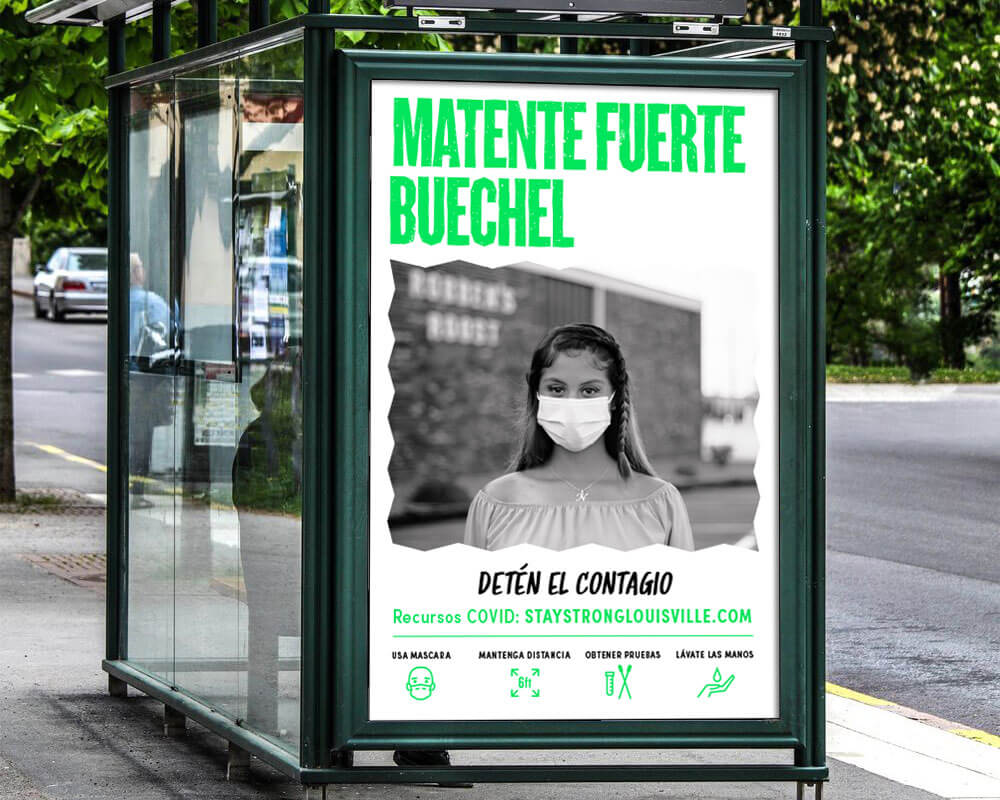
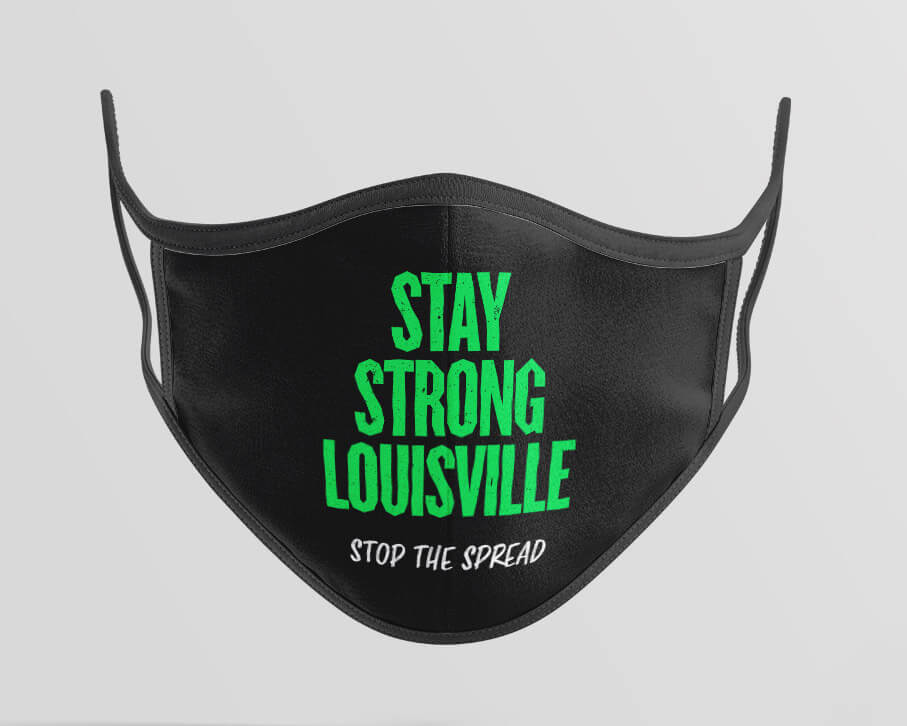
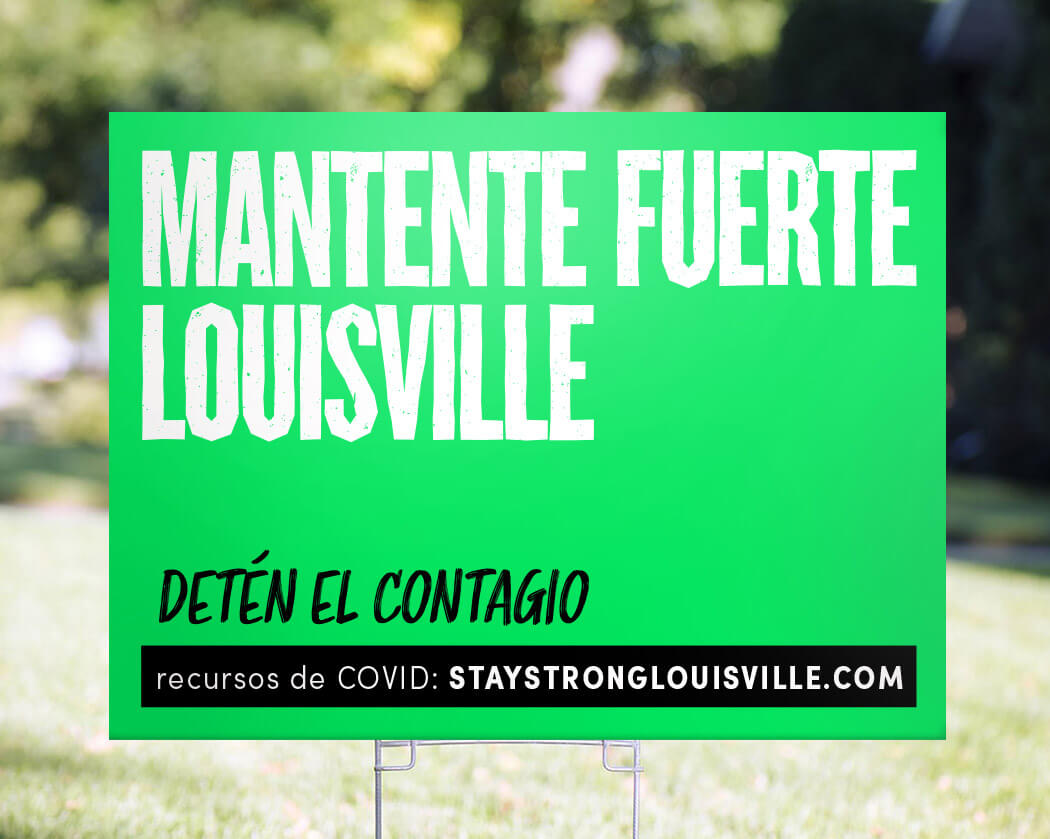
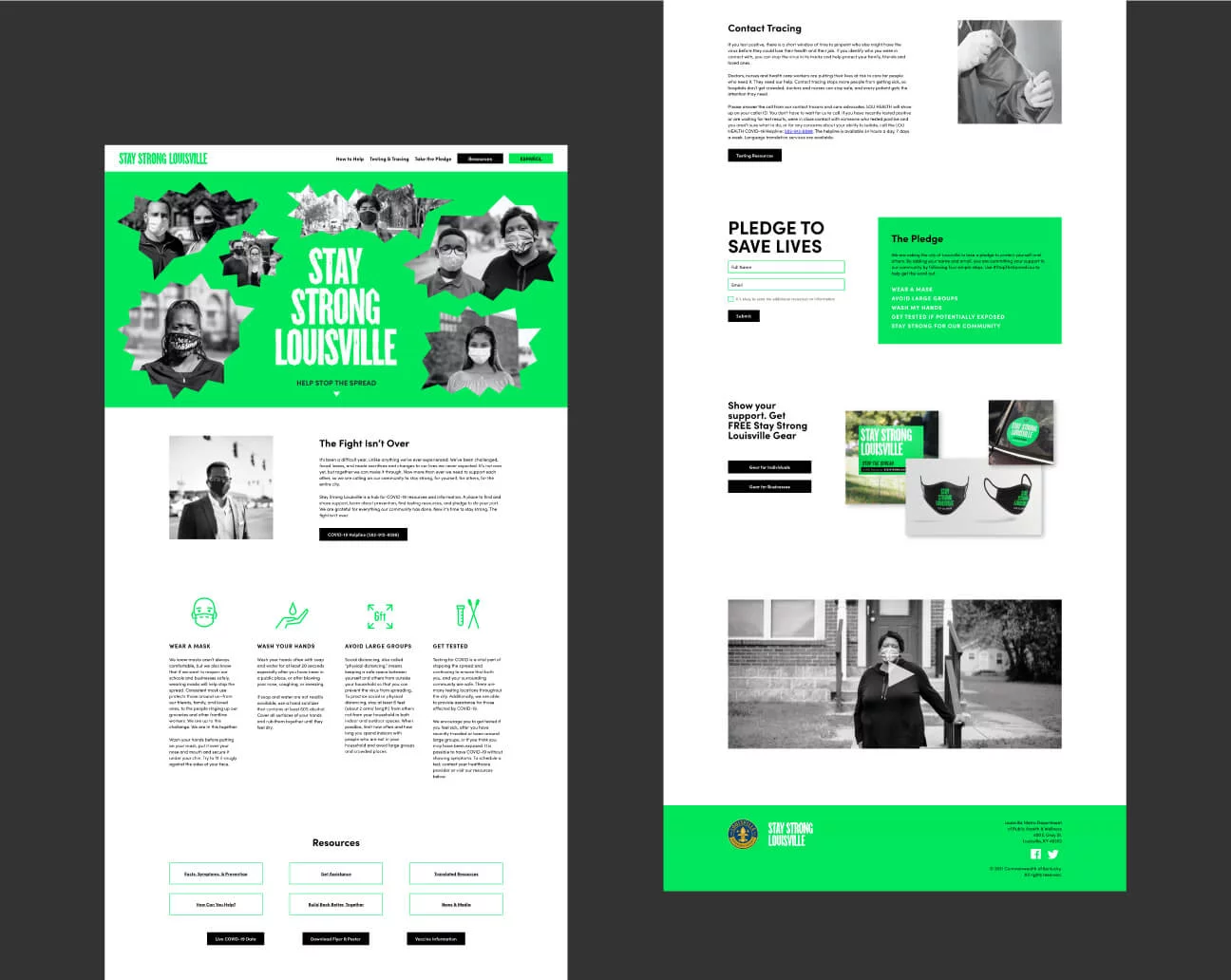
PHASE II
Evolution
Access to information around COVID-19 changes on a weekly basis, in order to communicate the most important messaging Fieldtrip had to be flexible with messaging while maintaining a consistent look and feel for the overarching campaign.
In 2021, the focus shifted dramatically to vaccines. This new messaging strategy presented a whole new set of challenges. Not everyone in the community could get vaccinated but we wanted to encourage the community to take the opportunity to get vaccinated when their chance arose.
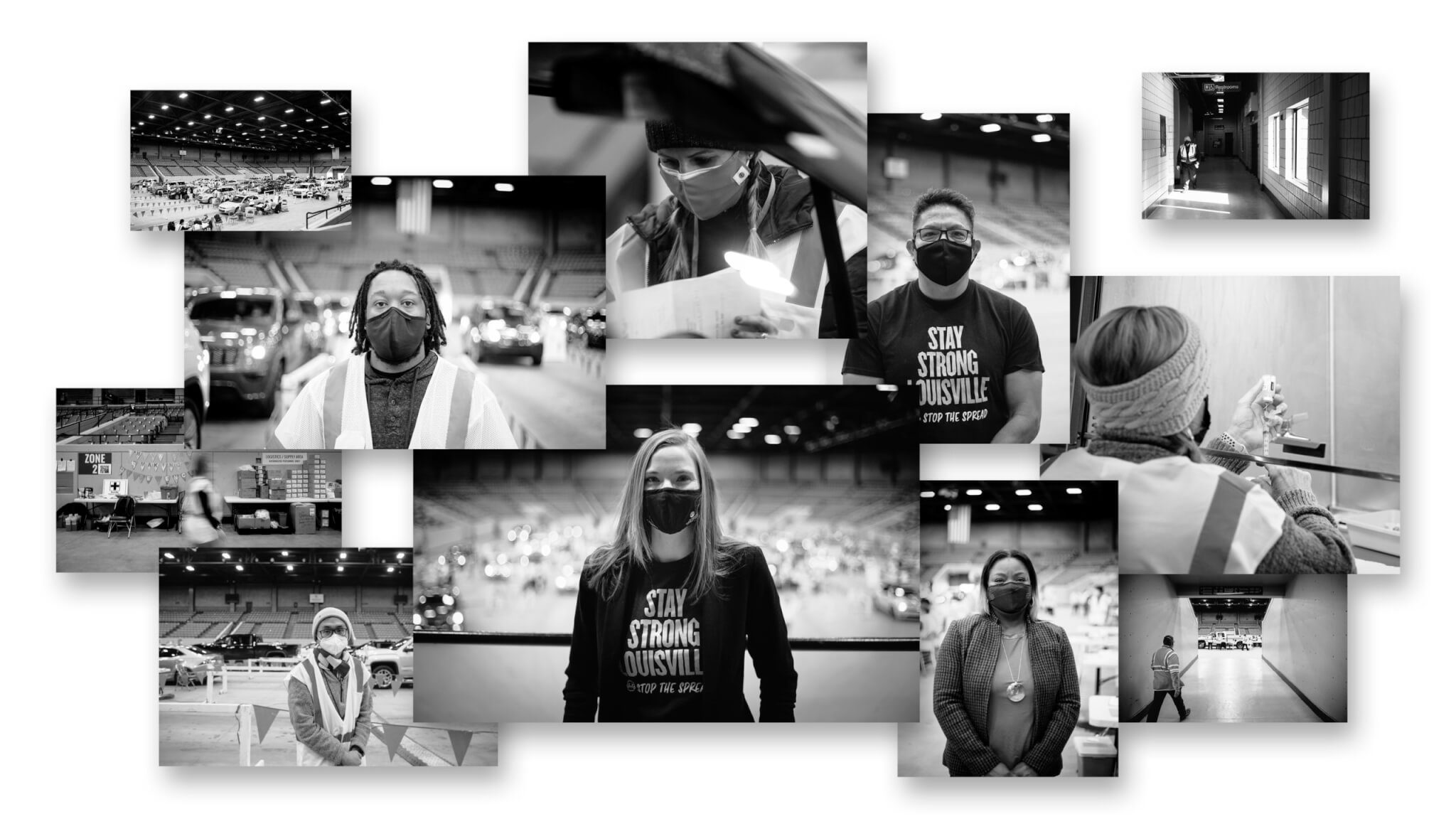
Approach
Keeping the campaign look and feel was extremely important to build on message distribution from phase one. The messaging was the main component that shifted. We shot a second round of photography and video at the city’s main vaccination site, showing people getting vaccinated and representing first responders, teachers, people of color, and a variety of ages to build trust in the vaccine from the community at large.
Inspired by a board at the vaccination site where volunteers can fill out why they are getting vaccinated, the key emotional messaging strategy evolved to showcase why people wanted to get vaccinated. For some, it was their children, their parents, their teachers, or their community. This new messaging stayed in line with our goals to inspire and motivate and allowed us to connect the efforts to a greater cause than the individuals themselves.
We are continuing to use “Keep on Fighting” in a few cases as rallying language like this is useful in creating a communal feel, as well as helping people to feel like they are able to actually do something to help the situation. It reminds our city that we still have difficult work to do, and with a “villain” like COVID-19 where much of the remedy involves being inactive, we lean away from more passive language and using direct calls to action and active language where possible.
